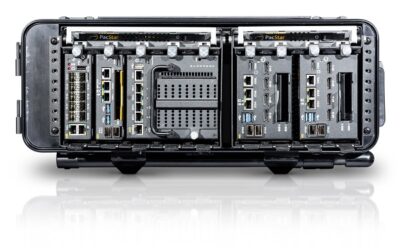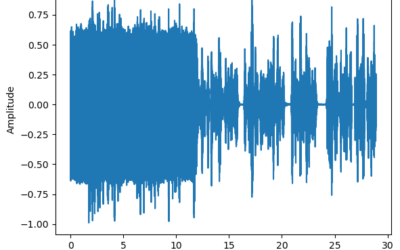ISDEF: International defence, homeland security and cyber trade show
Israeli defence technology has developed an enviable reputation worldwide. Mapping Israeli expertise in the defence is almost impossible due to the significant number of companies active in all sectors. Some of them are large groups with comprehensive offers, but there is also a constellation of small companies that provide innovative, out-of-the-box defence solutions for a range of customers from armed forces to private security contractors. MT examines this stable.
The fluidity of current and future operational environments is one of the most commonly used preambles to any discussion of the defence sector. Armed forces have to confront multiple, multifaceted and multi-layered threats, ranging from conventional forces to non-state actors, in contexts of high- and low-intensity conflict, peacekeeping and hybrid warfare. According to Brig-Gen (Ret) Mishel Ben Baruch, Director of SIBAT (the International Defence Cooperation Directorate of the Israeli MoD), such a situation is new for many countries that are now increasing investment in defence and homeland security, but not for the IDF, which have been facing similar operational environments for decades. Traditionally, one of Israel’s strengths has been its technological edge over opponents, be they state or non-state actors. In the 2019-2023 period, Israel is expected to spend roughly U$72.3 billion (€64.3 billion) on procurement of defence systems.
Synergies between the IDF and the defence industry have created a technological powerhouse including more than 660 companies of all sizes, from start-ups to mega-holdings. This breeding ground of technology, expertise, and know-how results in cutting-edge solutions for almost any defence need. Despite the small size of the country, the biggest defence industry companies are major players in the aerospace, naval, and land sectors. At the same time, like most small countries, Israel has specialised in niche sub-sectors, and has thus achieved leading positions in the fields of unmanned systems and robotics, C4I, electronic sub-systems and components, optronics, and the homeland security (HLS) industry. In sum, the Israeli defence industrial base is comprehensive and complete.
The Aerospace Sector
More than 60 companies populate the Israeli aerospace industry, which is led by two main players, Israel Aerospace Industries (IAI) and Rafael, complemented by several divisions of the leading electronics company Elbit Systems, and fleshed out by numerous highly-skilled medium and small enterprises. The most prominent sectors are all aspects of aircraft upgrades of all types – combat, intelligence, transport and special operations – satellite and related services, and missiles.
In the fighter sector, Israeli companies proudly point to their participation in the production and/or modernisation of the F-16, F-15, F-18, F-35, MIRAGE-2000, TYPHOON, KFIR, SU-30, MIG-21, MIG-27 and MIG-29. among others.
The missile sector is the industry’s bread and butter. Israel is the only country to deploy fully operational multi-layered anti-ballistic missile defences with homogeneous territorial coverage against any threat ranging from rockets to intercontinental ballistic missiles. The upper layer of anti-ballistic defence is based on the ARROW-2 and ARROW-3 missile systems, aimed respectively at providing defence against intermediate- and intercontinental ballistic missiles (IRBM and ICBM). ARROW-3 also provides Israel with anti-satellite capabilities.
The intermediate and lower levels of defence are catered for by Rafael’s DAVID’S SLING missile defence interceptor system and IRON DOME counter-rocket, artillery and mortar (C-RAM) system. IRON DOME also provides very short-range air defence (V-SHORAD) capabilities. Their cutting-edge technology provides robust yet selective defence against the most insidious threat at reasonable price (for systems of this kind); they are raising interest worldwide, with a few operators such as the US Army considering their acquisition in large numbers. In addition to these spearheads, IAI and Rafael propose multiple missile solutions in all domains. For traditional air defence duties, IAI has been developing the BARAK-8 family of surface-to-air missiles (SAM) in a modular software-based solution named BARAK MX. Available in both land- and sea-based versions, BARAK MX features an advanced fully digital radar, multi-sensor capabilities and three interceptors (BARAK MRAD, LRAD, and ER) covering ranges from 15-150km, thus allowing for economies of scale and a relatively limited logistic footprint, while maintaining effectiveness. In this field, Rafael has focused on mobile, quick-reaction air defence through the SPYDER SAM system, for which the effectors are the land-based versions of the I-DERBY/I-DERBY-ER active radar (RF) missiles and PYTHON-5 dual waveband Imaging Infra-Red (IIR) missile. In the air-to-surface domain, Israeli industry has a comprehensive offer of effectors, ranging from Rafael’s POPEYE standoff missile to IMI Systems’ (an Elbit Systems company) RAMPAGE long-range supersonic precision weapon and DELILAH standoff missile. Special mention goes to the surface-to-surface IAI HAROP and UVision HERO family of loitering munitions, unique solutions that merge drone and missile technology.
The space sector is the third pillar of Israeli aerospace industry’s comprehensive offer. IAI SHAVIT small lift launch vehicle place Israel in the exclusive club of countries capable of autonomously launching payloads into space, such as the indigenous OFEK family of observation satellites. Furthermore, the IAI-produced AMOS communication satellites, TecSAR synthetic aperture radar (SAR) observation satellites and OPSAT-3000 electro-optical (EO) satellites are high-quality products, sold successfully to several governmental organisations. In the sub-sector of small satellites, Rafael offers to both military and civil operators the LITESAT high performance low-cost microsatellite system for EO earth observation missions. The space system consists of a constellation of small sized (36x36x153cm with solar panels folded) light weight (100kg) microsatellites and a ground segment.
In addition to these popular fields, Israeli companies offer innovative solutions in the aerospace sector, including advanced aerostructures, weapon systems and a wide range of sensors and avionics. Small and medium sized companies, such as Aerodan, Aeromaoz, Aeronautics, Astronautics, B A Microwaves, Bird Aerosystems, Epsilor, Hartech Technologies, Kanfit, MORE, MTC, Orion Advanced Systems, Pronat Industries and RADA Electronic Industries are less well known than principal groups, but represent a breeding ground and engine for Israeli innovation and dynamism.
The Naval Sector
Water is the natural element for over 46 companies specialised in solutions for littoral operations, surveillance and protection of Exclusive Economic Zones (EEZ), including offshore and coastal facilities, and counter-terrorism. In the 1970s, Israel introduced the concepts of layered defence, sea-skimming anti-ship missiles and networked operations, thus starting a long tradition of fully-integrated combat systems and advanced weapons. In effect, today’s naval air and missile capabilities offered by Israeli companies are the result of the search for superior command of the battlefield.
As far as naval construction is concerned, the most important shipyard is Israel Shipyard. With a consolidated expertise in the field of corvettes, fast-attack craft, and patrol boats, the yard’s best sellers are the SA’AR-62 off-shore patrol vessel (OPV) and the SHALDAG MK.III/V fast patrol boats. In addition, the company produces the SA’AR-72 corvette for the Israeli navy, offering versions to foreign navies. Another Israeli-produced best-seller is the DVORA family of fast patrol and/or attack boats, built by IAI’s Ramta division and in service with Israel, Eritrea, Gambia, India, Paraguay, Slovenia, Sri Lanka and Taiwan.
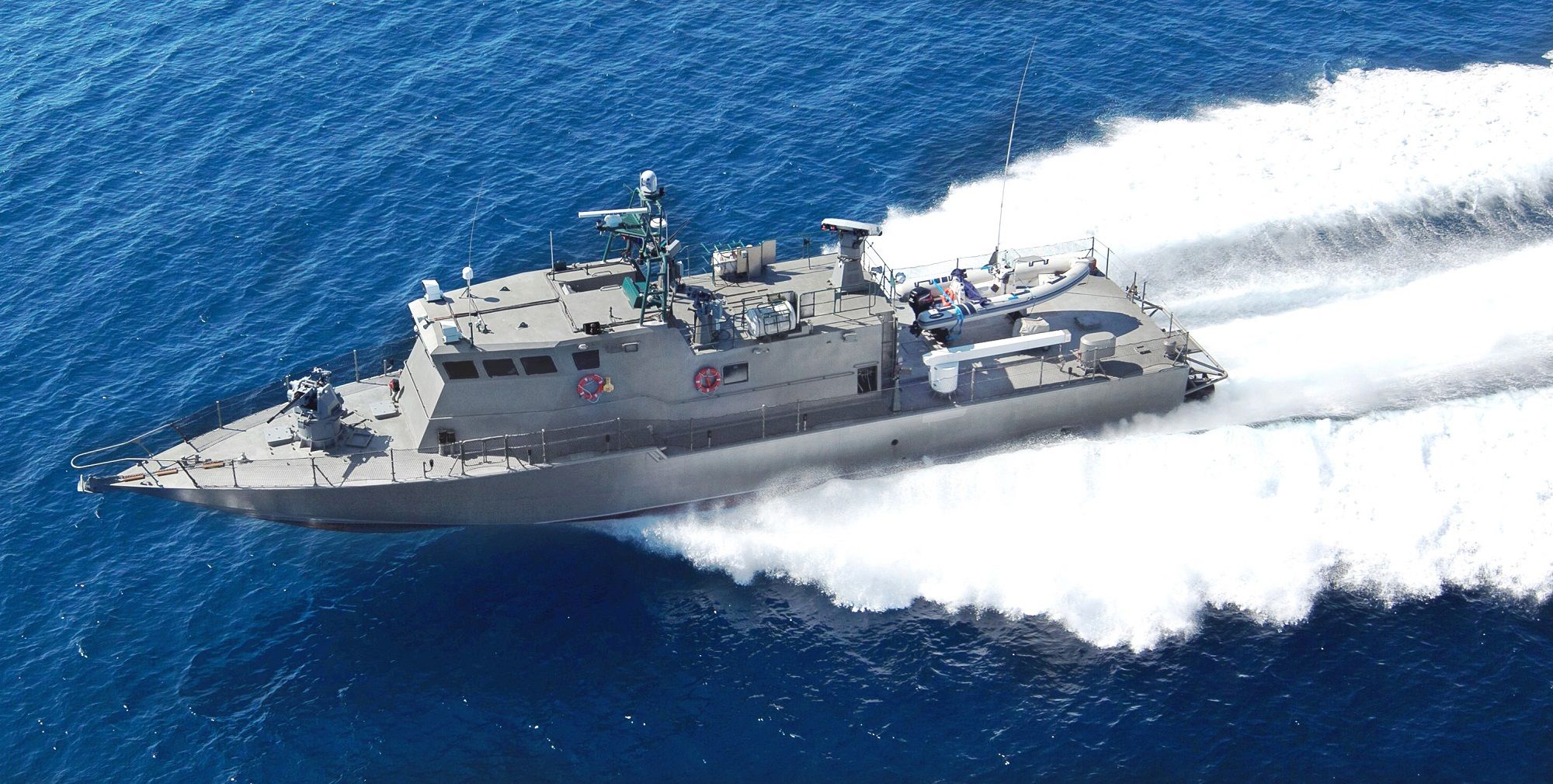
The weapons, sensors and equipment sector is also vibrant. For example, IAI ELTA Systems offers naval radars such as the ELM-2248 MF-STAR and ELM-2258 ALPHA multi-function solid-state active conformal phased array systems, the ELM-2238 STAR fully coherent S-band pulse Doppler 3D multi-beam and multimode search radar, and the ELM-2221 STGR advanced light-weight shipboard coherent pulse Doppler dual-band (X/Ka) monopulse tracking radar.
Rafael’s spearheads are the GABRIEL V anti-ship missile, C-DOME naval missile defence system and SPIKE-LR/ER light multi-purpose missiles. The company also produces the SEA SPOTTER naval infra-red search and track (IRST) and situational awareness system, C-PEARL-DV electronic support measure (ESM) system, SEWS-DV, CGEM and IDS electronic counter-measure (ECM) systems, TOPLITE EO tracking system, and plenty of naval solutions. Elbit focuses on naval EW and intelligence suites and systems, such as TIMNEX, EMERALD, and NATACS 2020.
Some companies, like DSIT Solutions and Underwater Technology Centre, also have valuable expertise in the underwater domain, producing hull-mounted sonars, diver detection sonars, submarine simulators and underwater communication systems.
The Land Sector
Crowded by some 88 companies, the land sector is the most developed as it is capable of projecting and producing any asset, from tanks to subsystems. Again, the sector is led by the heavyweights, in this case Israeli Military Industries (IMI) and Israeli Weapons Industry (IWI), as well as by the omnipresent IAI, Rafael and Elbit Systems, followed by plenty of other small and medium enterprises. In this sector more than the others, the IDF’s operational experience has deeply influenced the wide range of solutions. Tsahal has been operating in fluid and multi-layered battlegrounds since the birth of the state of Israel, providing robust traditional armoured forces and light specific threat-oriented units. The MERKAVA MK.4 MBT and NAMER armoured IFV (AIFV) represent the most complex and sophisticate hardware in service in Israel.
The spearheads of Israeli defence solutions in the land sector are difficult to procure in foreign countries, as they have been built around Israeli-specific requirements, which are somehow unique. For instance, the protection levels of Israeli tanks and AIFV is outstanding, but comes sometimes at the expenses of other parameters, such as mobility or easy maintenance. Nonetheless, the autonomous capability to develop and field such complex hardware is not common: even the largest, healthiest economies often need to join forces to produce sophisticated land systems. However, companies involved in the consortia that produce the MERKAVA and NAMER families can offer solutions – in metalworking, periscope ballistic drive, fire control systems, hydraulic bumpers, optical systems, NBC protection systems – drawn directly from the cutting-edge know-how acquired by supporting Israeli tracked vehicles.
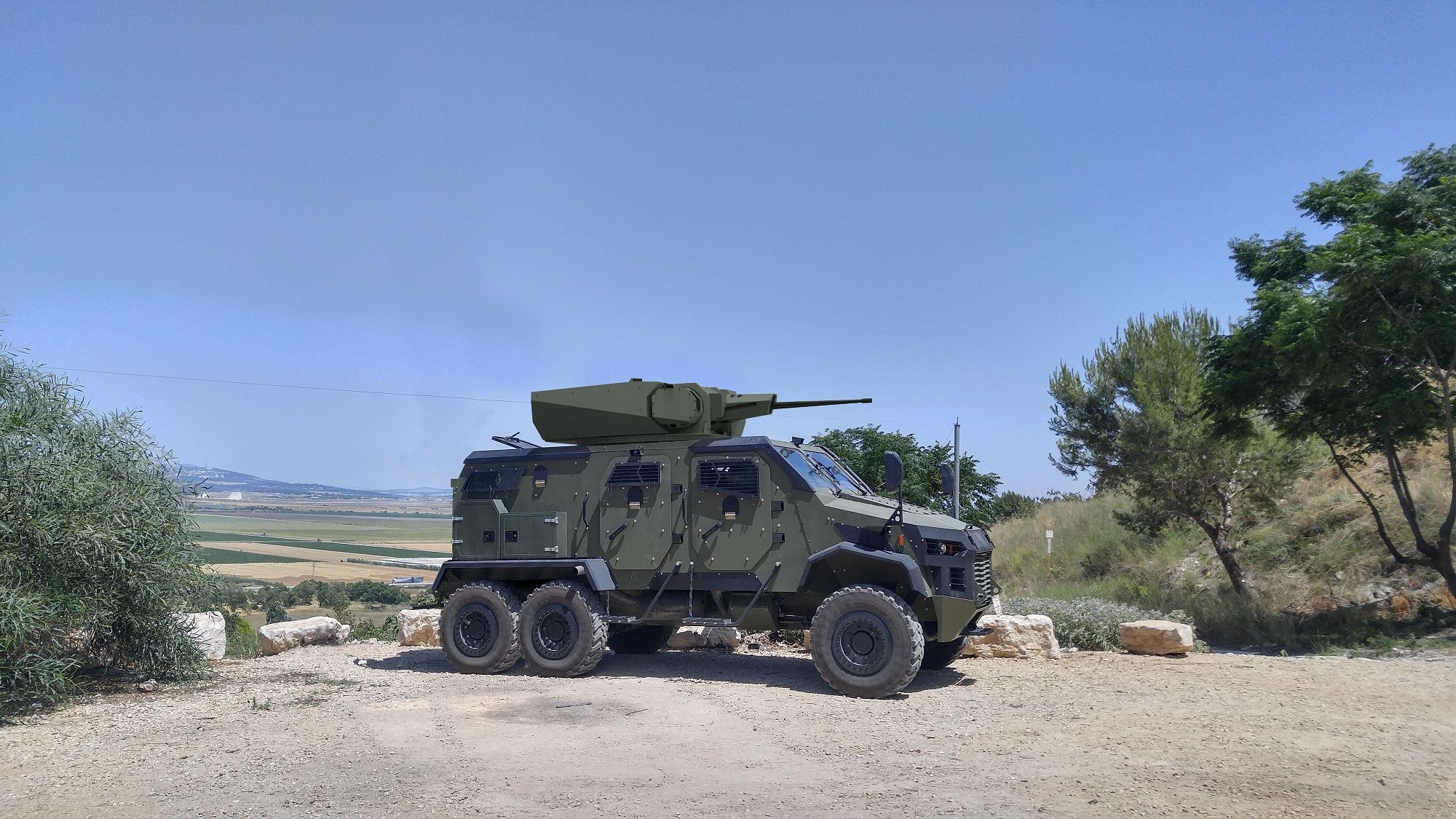
The EITAN wheeled AFV is the latest project being pursued by Israeli companies in the land sector, but has a different supply chain from the MERKAVA family. Roughly 60% of the components are manufactured in the US, following the increasing tendency of defence contractors to sub-contract some elements overseas – probably to better exploit economies of scale. In comparison to previous products, the EITAN is a new configurable, multirole platform that is intended to replace the Israeli M-113 fleet in its infinite versions. It has been field tested by the IDF and will go into series production by 2021. Albeit specifically designed for Israeli needs, EITAN will be offered for export markets alongside the most advanced and best-protected wheeled combat vehicles. In addition to the latest generation of armour, EITAN is compatible by design with Rafael’s TROPHY Active Protection System (APS). In fact, APS are another field of excellence for the land sector, the most prominent examples of which are TROPHY and the IMI IRON FIST. Both are offered on various vehicles, from MBTs to Armoured Personnel Carriers (APC).
Israel’s offer of armoured vehicles also includes several wheeled APCs and MRAPs. For instance, GAIA Automotive offers its AMIR and THUNDER families of multipurpose affordable MRAPs. The winning concept is to have rather basic vehicles built with extensive use of COTS components, merged with proprietary technology. This results in base vehicles that can be easily delivered (complete or in kits) virtually everywhere in the world, for any customer, overcoming export license complexities.
In the same sub-sector, protection up to STANAG level 5 is the key characteristic of Carmor Armor Division since 1947. HURRICANE and WOLF are the lighter (8-9t class) 4×4 vehicles, while XSTREAM and NAVIGATOR are larger and better protected MRAPs in the 16-19t segment. Flexibility is so advanced that they can be fitted for law-enforcement, logistics, tactical command and patrol, peacekeeping, ambulance, general utility, and reconnaissance duties. Recently, Carmor unveiled MANTIS, an original highly protected vehicle for combat and combat support duties that comes in 4+1 and 7+1 passenger configurations. MANTIS has been tested in several of Israel’s most demanding environments, including the Negev desert.
The law enforcement, border control, and riot control sector, which in Israel often overlaps with defence issues, is populated by several companies specialised in vehicle modification, such as Beit-Alfa Technologies, Inkas, Plasan, Shladot, and Top Car Armoring.
Israeli industry also has a voice in the small arms sector, in which the national leader is IWI, one of the world’s leaders in the production, marketing, design and development of weapons for 80 years. IWI’s notable products are the innovative TAVOR and X95 families of assault rifles and the iconic GALIL family of rifles, the reliable NEGEV family of light machine guns, the brand-new DAN sniper rifle, the legendary UZI family of sub-machine guns, and JERICHO pistols. IWI is complemented by some smaller manufacturers, such as Emtan Karmiel and Silver Shadow. In addition, there are companies such as Contact International specialised in military surplus.
Further companies are active in modernisation and overhaul services, such as Ashot Ashkelon, Astronautics CA and Nimda; armor protection, including Fibrotex, Mifram and OSG; personal protective gear – Hagor, Isragor, Lior Textile Industry, Marom Dolphin, Myform and Shalon; explosive disposal and mine clearing – HBA Systems Integrator, Karil International, Quadro and Sansolo; and infantry equipment – Camero-tech and Meprolight, just like IWI, also part of the SK Group.
Unmanned Systems and Robotics
This niche sector consists of at least 37 companies and is often seen as the trademark of Israeli competitive technologies. Unmanned and robotic solutions are available in all of the operational environments, thus including unmanned aerial systems (UAS), unmanned ground vehicles (UGV) and unmanned surface vessels (USV). Israeli unmanned systems and robots are spread worldwide, including related avionics, mission payloads, training and support systems.
Elbit Systems, IAI’s Malat division and Aeronautics offer the most complete array of UAS. Elbit’s production ranges from the man-portable SKYLARK family of mini-UAS, through the versatile tactical HERMES-450 to the next-generation HERMES-900 medium altitude long endurance (MALE) platform.
IAI’s offer includes the HERON family (HERON, SUPER-HERON and HERON-TP) and the SEARCHER MK.III MALE UAS, the BIRD-EYE family (400 and 650/650D) of mini-UAS, and the unique PANTHER-FE vertical take-off and landing (VTOL) tactical UAS for covert special operations and ISR missions.
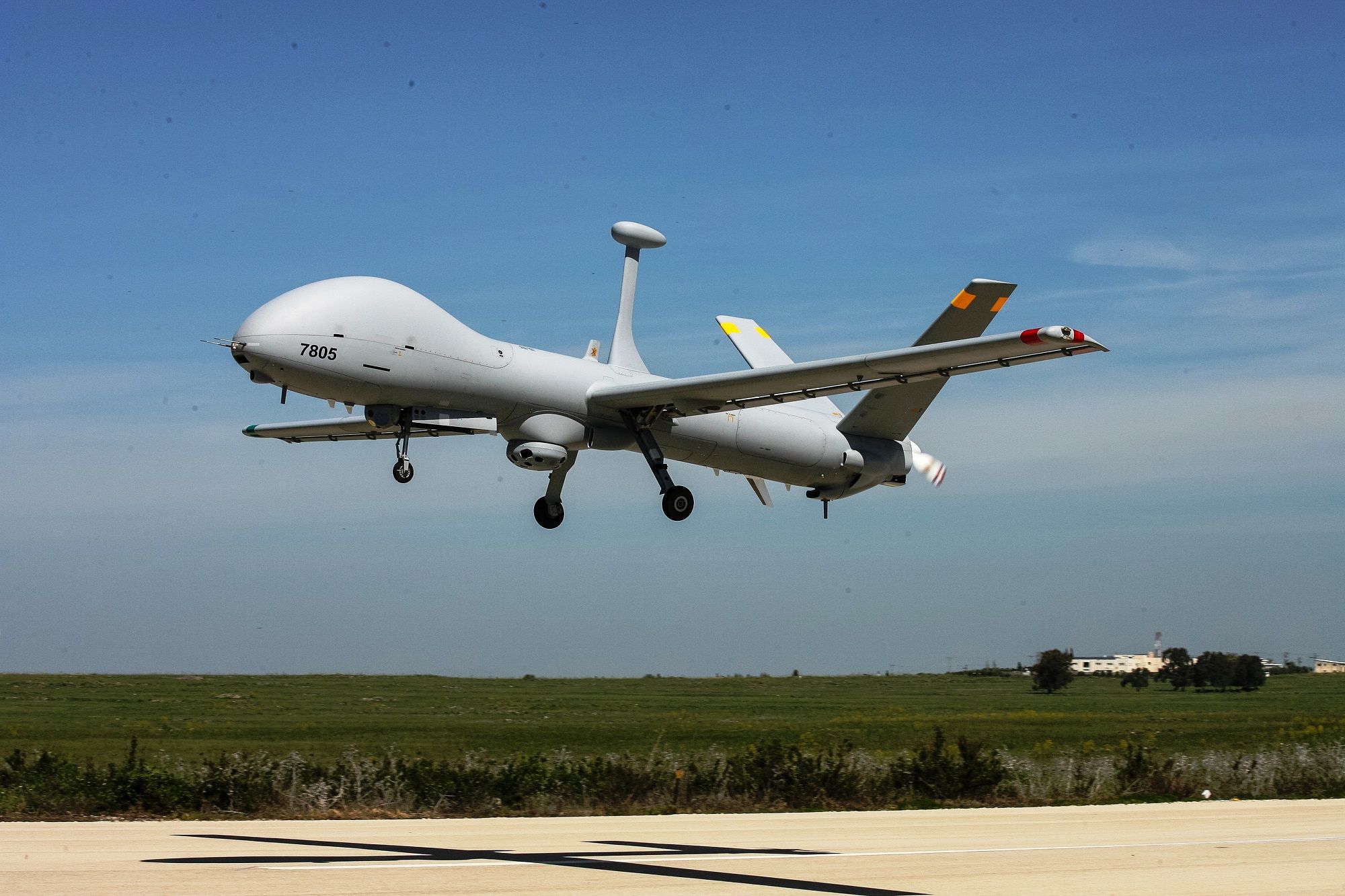
Aeronautics’ principal product is the ORBITER family of UAS, within which ORBITER 3 and 4 are small tactical UAS and ORBITER 2 MINI is a mini-UAS designed for both military and law enforcement operations. The most innovative product is the ORBITER 1K, a hybrid of a small UAV and a loitering munition. Aeronautics also produces the DOMINATOR MALE and PEGASUS tactical VTOL UAS.
In the segment of mini-UAVs, Aero-Sentinel’s G2 drone and Blue Bird’s MICRO-B micro-UAS and SPYLITE mini-UAS are also successful products. The latter company also offers the THUNDER-B tactical UAS, which is similar in airframe and performance to the Aero-TactiX SJYZER-450.
Lastly, in the rotary UAS sub-sector, the most notable product is the Steadicopter BLACK EAGLE, configured for maritime and land intelligence, surveillance, target acquisition and reconnaissance (ISTAR) tasks.
Since the early 1990s, the IDF has been searching for robotic solutions for Dull, Dirty and Dangerous (DDD) duties and to cope with increasingly complex ‘explosive arenas.’ Their efforts paid off during the Second Intifada, in the early 2000s, when UGVs such as the InRob Tech KETER-PAZ and ODF Optronics EYEBALL R1 were used to open the way for special forces, engineers or entry forces, while the first Caterpillar D9N allowed for prompt defusing of mines and booby traps. Today, UGVs are widely used for anti-improvised explosive devise (IED) and anti-tunnel duties, reconnaissance and/or patrol missions, and combat.
According to some reports, the IDF has an inventory of more than 7.000 robots of all kinds. Israeli industry proposes about a dozen models in the defence marketplace, the most prolific producer being IAI, with the RO-BATTLE multipurpose vehicle, PANDA-A combat engineering robotic platform, SAHAR IED detection and route clearing platform, ROBOCON convoy and logistic support platform with autonomous driving, and REX load carrier. IAI has also been involved with Elbit in the GNIUS joint venture, that led to production of the first robotic border patrol system, named GUARDIUM.
Today, Elbit has drawn on that experience to propose an upgraded version of the concept, that is now operational in the SEGEV border patrol system. On a much smaller scale, Elbit proposes also the VIPER, a mini-robot capable of overcoming obstacles and engaging hostile forces with an internal mini-UZI. In the same segment, General Robotics offers the DOGO mini-robot, equipped with a GLOCK-19, while Roboteam proposes a slightly larger solution with its Micro Tactical Ground Robot (MTGR).
In the field of multipurpose flexible robots, the jack-of-all-trades is the AMSTAF, produced by Automotive Robotic Industry, which is described by the company as a multi-mission, amphibious, integrated UGV system for security, intelligence gathering, rescue missions, firefighting and crowd control or logistic duties.
The USV sector is less well developed than the others. Yet, there are two principal systems that can be considered immensely effective for their missions: Elbit’s SEAGULL, an unmanned vessel optimised for mine countermeasures (MCM) and anti-submarine warfare (ASW) missions that can be used as an ISR and/or EW asset; and Rafael’s PROTECTOR, a small unmanned boat suited for patrol, critical infrastructure protection and counter-terrorism duties that has become the benchmark in its field.
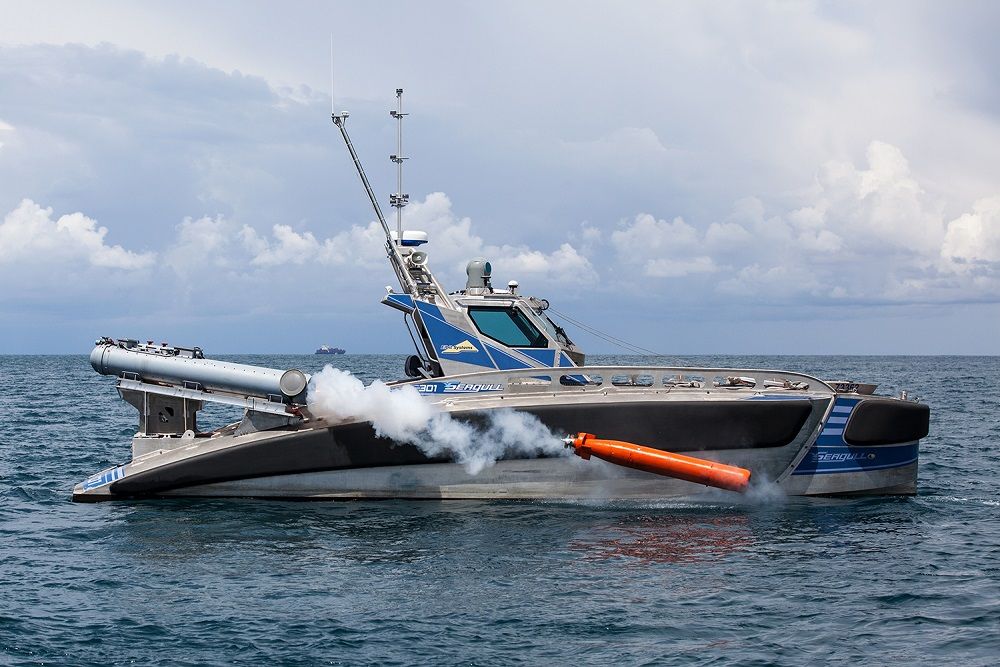
Other Sectors
Israeli defence solutions offer immense known-how. It is worth mentioning that, in all three main operational environments, optronics, C4I systems, cyber security, electronic components and sub-systems, consultancy, and services are niches of excellence within which dozens of companies successfully operate. The whole technology powerhouse will be increasingly prominent around world in the coming decades. There are two main drivers for this expansion: first, the world is now facing the challenges that Israeli has been dealing with for decades, which means the nation can share its valuable know-how to good effect; second – slightly more inward-looking, export has become a political and economic necessity.
A new ten-year agreement between with the US for military assistance 2018-2028 seeks to increase US funds pledged to Israel from $3.1 to $3.8 billion – an increase that comes with the obligation for those funds to be spent entirely in the US< whereas previously up to 25% could be spent with other suppliers, including national ones. This clause is driving the Israeli defence industry to devote greater effort to exports in order to compensate for a smaller internal market. So far, export strategies seem to have been successful. Israel’s defence exports are worth $9 billion today, compared with $6.5 billion in 2016. Geographically, 58% of Israeli exports went to the Asia-Pacific region, 21% to Europe, 14% to the Middle East, 5% to Africa, and 2% to North America.
Marco Giulio Barone

